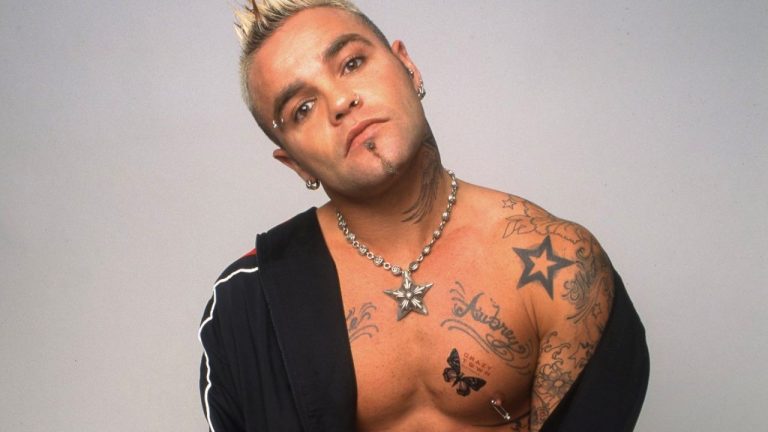Kurt Cobain’s Tragic Legacy: What We Can Learn Today

Kurt Cobain’s Unsettling Final Hours: An Unsolved Legacy
Washington, April 5, 1994, Seattle
On April 5, 1994, Kurt Cobain, a music legend and tortured soul, passed away in a quiet Seattle neighborhood. Three days later, his body was found in his house, lying still with a shotgun across his chest. His suicide note’s eerie statement, “It’s better to burn out than to fade away,” which was lifted from Neil Young’s song, is still echoed in the thoughts of his admirers.
An Account of Suffering and Difficulties
Kurt Cobain’s life was characterized by a difficult path. He struggled with severe melancholy and persistent pain despite Nirvana’s extraordinary popularity. His deteriorating mental state was noticed by friends and bandmates; Krist Novoselic noted Cobain’s uncanny distance, stating, “He was just estranged from all of his relationships.” According to drummer Dave Grohl, “The band’s final year was difficult.” Kurt was sick, then fine, then sick again.

Kurt Cobain had unidentified gastrointestinal problems from an early age that made life intolerable. In addition, he battled bipolar disorder and ADHD, which exacerbated his mental health issues. Kurt Cobain frequently used heroin as a self-medication to dull his suffering; at one point, he said that it was “the only thing saving me from shooting myself right now.” Even after multiple attempts to quit, the cycle of addiction was unbreakable.
Addiction and Suicide Attempts as a Prelude to Tragedy
A month before he passed away, on March 4, 1994, Kurt Cobain overdosed in Rome after consuming 50 Rohypnol pills and wine. It turned out to be a suicide attempt, according to his wife Courtney Love: “He took 50 pills. He likely forgot how many he took. However, there was a clear suicidal impulse. The incident signaled the start of Cobain’s terminal decline, even though he received medical assistance.
To combat his heroin addiction, Kurt Cobain checked himself into the Exodus Recovery Center in Los Angeles later in March. But on April 1, he climbed a wall to get out of the institution. Cobain bought shotgun shells once he got back to Seattle, claiming to the cabbie that he needed them because of a recent break-in—possibly a front for his true motivations.
The Location of Cobain’s Demise
On the morning of April 8, 1994, a concerning discovery was made. The terrible sight was discovered by Gary T. Smith, an electrician who had been hired to install security lighting at Cobain’s house. Smith thought Kurt Cobain was sleeping at first, but then he saw blood close to his ear. Cobain’s final words, a tragic farewell to a world that had brought him equal parts celebrity and anguish, were disclosed in a nearby note that was tied down with a pen in a flowerpot.
Kurt Cobain used a Remington Model 11 shotgun that musician Dylan Carlson, a friend, gave him. Cobain had begged Carlson to buy it because he was afraid about the cops becoming involved. High quantities of heroin and traces of Valium were later found in Cobain’s system, according to toxicology studies, indicating that he was in a more severe state of numbness before taking his own life.
Conjectures and Unresolved Issues
Several conspiracy theories surfaced after his death, challenging the official suicide verdict. Fans and skeptics were suspicious after an Unsolved Mysteries show in 1994 suggested foul play. The Seattle Police Department released further evidence in 2014, including sharper photos of the crime scene, in response to repeated requests to restart the case. Detective Mike Ciesynski, however, said that the official position remained unchanged, with Cobain’s death continuing to be classed as a suicide.
A Durable Legacy and Heartfelt Goodbye
At a public memorial service in Seattle on April 10, Love read Cobain’s note, her voice shaking with sorrow. Love also shared bits of Cobain’s memories with his admirers by giving away his clothing. In a final effort to pay tribute to his spirit, Cobain’s ashes were later separated, with some being placed in a teddy bear and others being dispersed in holy rituals.
On May 31, 1999, Cobain’s mother organized a Buddhist ceremony with Love and other family members. To represent Kurt Cobain’s ties to Olympia, Washington, a location that provided him with comfort and creative inspiration, they dispersed his ashes into McLane Creek.
The music industry was left with an indelible hole following Kurt Cobain’s tragic death. His unvarnished lyrics and Nirvana’s gritty sound spoke to a generation that was looking for purpose in life. The world is reminded of Cobain’s genius and grief through his music, which continues despite the mysteries and tragedies surrounding his life.
Follow us on Instagram and X (Formerly Twitter)
For the latest posts visit The Celebrity Gossips






